Understanding International Large-Cap Value ETFs
Introduction
International large-cap value ETFs provide investors with exposure to undervalued global stocks, offering stability and long-term growth potential. These funds focus on companies with strong fundamentals, ensuring resilience during market fluctuations. By diversifying across multiple economies, international large-cap value ETFs help mitigate risks associated with regional downturns. Investors benefit from steady dividends, lower volatility, and opportunities to capitalize on market inefficiencies. Understanding these ETFs allows for strategic portfolio allocation, balancing defensive assets with long-term appreciation.
Characteristics of Large-Cap Value ETFs
Large-cap value stocks represent companies with substantial market capitalization that are considered undervalued based on financial metrics such as price-to-earnings ratios and dividend yields. These stocks typically belong to well-established firms with strong fundamentals, offering investors stability and long-term growth potential. Companies like Berkshire Hathaway BRK.B and JPMorgan Chase JPM are prime examples of large-cap value stocks, consistently maintaining strong financial positions while trading at reasonable valuations.
Value ETFs provide a more conservative investment strategy, emphasizing financial stability and income generation. Funds such as Vanguard Value ETF VTV and iShares S&P 500 Value ETF IVE track indices composed of undervalued large-cap stocks, offering investors exposure to companies with strong balance sheets and consistent dividend payouts. Historical performance trends indicate that large-cap value stocks tend to outperform growth stocks during market downturns, providing a defensive investment option. While growth stocks often lead in bull markets, value stocks demonstrate resilience in volatile conditions, benefiting from stable earnings and dividend distributions. Over the past decade, value ETFs have delivered competitive returns, particularly during periods of economic uncertainty.
Sources:
Morningstar
ETF Database
Leading International Large-Cap Value ETFs
Several international large-cap value ETFs offer strong market capitalization and consistent performance, making them attractive options for global investors. Funds such as iShares MSCI EAFE Value ETF EFV and Schwab Fundamental International Large Company Index ETF FNDF provide exposure to undervalued stocks across developed markets. Vanguard International High Dividend Yield ETF VYMI focuses on dividend-paying large-cap stocks, ensuring steady income generation. Comparing fund structures, expense ratios, and holdings is essential for selecting the right international large-cap value ETF. iShares MSCI EAFE Value ETF EFV has an expense ratio of 0.34% and holds a diversified portfolio of European and Asian large-cap stocks. Schwab Fundamental International Large Company Index ETF FNDF offers a lower expense ratio of 0.25%, focusing on companies with strong fundamentals. Vanguard International High Dividend Yield ETF VYMI maintains an expense ratio of 0.22%, prioritizing high-dividend stocks for income-focused investors.
Investors seeking stability and long-term appreciation may favor Schwab Fundamental International Large Company Index ETF FNDF, which emphasizes financial strength. Those prioritizing dividend income can benefit from Vanguard International High Dividend Yield ETF VYMI, offering a higher yield. Meanwhile, iShares MSCI EAFE Value ETF EFV provides broad exposure to undervalued international stocks, making it suitable for diversified portfolios.
Sources:
FinanceCharts
ETF Database
Regional Breakdown of Large-Cap Value ETFs
North America remains a stronghold for large-cap value ETFs, offering stability and financial strength. Companies like Berkshire Hathaway BRK.B and JPMorgan Chase JPM anchor the region’s value-focused funds, benefiting from consistent earnings and dividend payouts. ETFs such as Vanguard Value ETF VTV provide exposure to these well-established firms, ensuring portfolio resilience during market fluctuations. Europe’s large-cap value ETFs emphasize innovation and economic resilience, with companies like Nestlé NSRGY and Roche RHHBY leading in consumer goods and healthcare. Funds such as iShares MSCI EAFE Value ETF EFV track undervalued European stocks, providing exposure to firms with strong fundamentals.
Asia presents emerging market opportunities, with large-cap value ETFs capturing growth potential in technology, finance, and manufacturing. Companies like Toyota TM and Samsung SSNLF contribute to the region’s market capitalization, driving innovation and industrial expansion. ETFs such as Schwab Fundamental International Large Company Index ETF FNDF offer diversified exposure to undervalued Asian stocks, balancing risk and reward. Latin America also provides growth potential, with firms like Petrobras PBR and Banco Santander SAN shaping the region’s investment landscape.
Sources:
ETF Database
Seeking Alpha
Sector-Based Analysis of International Large-Cap Value ETFs
The financial sector plays a crucial role in global economic trends, with banking and investment firms driving market capitalization rankings. Companies like JPMorgan Chase JPM and Banco Santander SAN lead in financial services, benefiting from interest rate fluctuations and evolving investment strategies. ETFs such as iShares MSCI EAFE Value ETF EFV provide exposure to undervalued financial stocks, ensuring portfolio stability amid economic shifts.
Healthcare stocks offer stability and long-term growth potential, making them a defensive investment choice. Large-cap companies such as Johnson & Johnson JNJ and Roche RHHBY maintain strong valuations due to consistent demand for medical treatments and pharmaceutical advancements. ETFs like Vanguard International High Dividend Yield ETF VYMI focus on dividend-paying healthcare stocks, providing investors with steady income and resilience during market downturns. The energy sector is undergoing a transformation, with traditional oil and gas firms adapting to renewable investments. Companies such as ExxonMobil XOM continue to dominate fossil fuel markets, while NextEra Energy NEE leads in sustainable energy solutions. Industrial stocks also play a vital role in infrastructure development, with firms like Caterpillar CAT shaping global production capabilities.
Sources:
ETF Database
Yahoo Finance
Risks and Considerations in International Large-Cap Value Investing
Currency fluctuations and geopolitical risks pose significant challenges for international large-cap value investing. Exchange rate volatility can impact returns, as currency depreciation may reduce the value of foreign investments. Geopolitical tensions, such as trade disputes and regional conflicts, can disrupt markets, affecting stock performance. Regulatory challenges and market volatility further complicate international investing. Different countries impose varying financial regulations, affecting corporate governance and investor protections.
Sudden policy changes, such as tax reforms or trade restrictions, can influence stock valuations. Additionally, emerging markets may experience higher volatility due to economic instability or political shifts. Strategies for mitigating risks in global stock investments include diversification and hedging techniques. Allocating funds across multiple regions and industries reduces exposure to localized economic downturns. Currency hedging strategies, such as forward contracts, help protect against exchange rate fluctuations.
Sources:
FasterCapital
Investopedia
Morningstar
How to Choose the Right International Large-Cap Value ETF
Investors should assess the ETF’s holdings to ensure alignment with their financial goals, focusing on companies with strong fundamentals and consistent dividend payouts. Funds such as iShares MSCI EAFE Value ETF EFV and Schwab Fundamental International Large Company Index ETF FNDF offer exposure to undervalued stocks across developed markets, making them attractive options for long-term stability. Evaluating fund performance and diversification strategies is essential for optimizing returns. ETFs with broad geographic exposure, such as Vanguard International High Dividend Yield ETF VYMI, provide balanced portfolios by including companies from multiple regions. Investors should analyze historical returns, sector allocations, and risk metrics to determine the ETF’s resilience during market fluctuations.
Long-term investment approaches for maximizing returns involve strategic allocation and periodic rebalancing. Investors should consider ETFs with low expense ratios and strong dividend yields to ensure cost-effective portfolio management. Monitoring macroeconomic trends, currency fluctuations, and geopolitical risks helps refine investment strategies, ensuring sustained growth.
Sources:
Pearler Investopedia
Conclusion
International large-cap value ETFs offer investors the opportunity to diversify portfolios while capitalizing on undervalued global stocks with strong fundamentals. These funds provide stability, steady income, and long-term growth potential across multiple regions and sectors. By understanding key risks, evaluating fund structures, and aligning investment strategies with financial goals, investors can optimize their portfolios for resilience and appreciation. As global markets evolve, selecting the right value-focused ETFs ensures sustainable returns and balanced exposure to economic cycles and emerging opportunities.
Expert Analysis: How International Large-Cap Value ETFs Strengthen Portfolios
Evaluating Global Value ETFs for Strategic Investment Growth
International large-cap value ETFs provide investors with exposure to undervalued global stocks, offering stability and long-term growth potential. These funds focus on companies with strong fundamentals, ensuring resilience during market fluctuations. Understanding sector trends and regional dynamics helps investors refine strategies, balancing exposure to defensive and high-growth industries for sustainable portfolio success.
📌Read More About:
Top Large-Cap Stocks- https://stockbossup.com/pages/topics/large-cap
What Are Large US Cap Stocks?- https://stockbossup.com/pages/post/39045/understanding-large-us-cap-stocks-and-their-market-influence
International Large-Cap Stocks- https://stockbossup.com/pages/post/38772/international-large-cap-stocks
What is the Best International Large-Cap ETF?- https://stockbossup.com/pages/post/38774/what-is-the-best-international-large-cap-etf
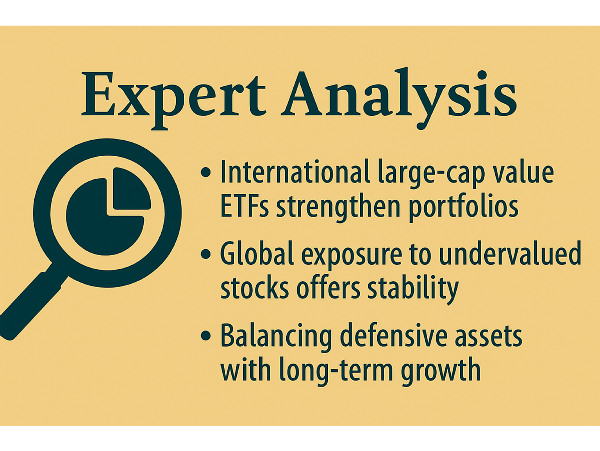

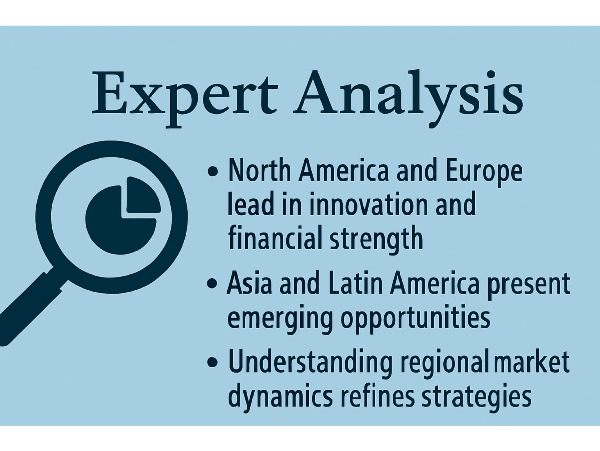
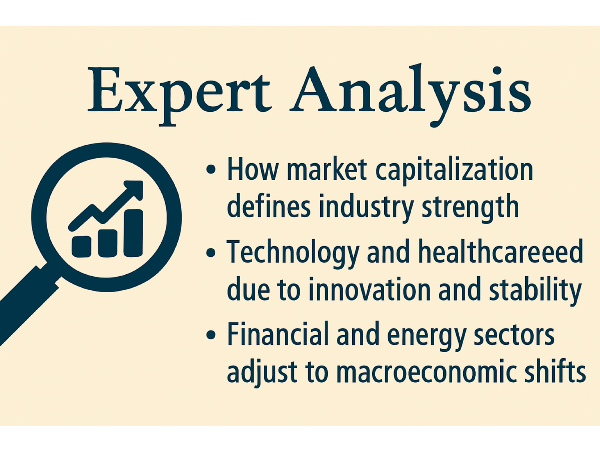
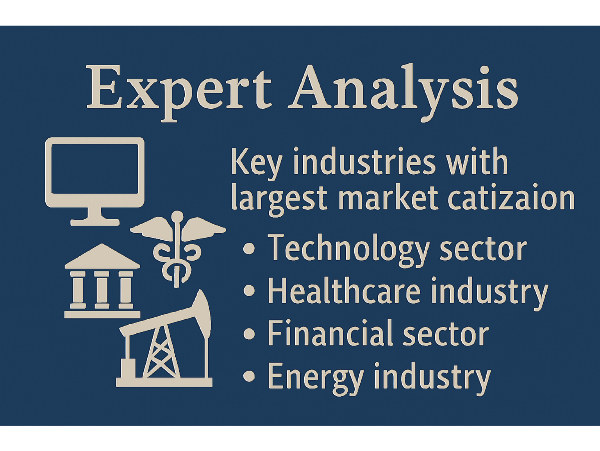
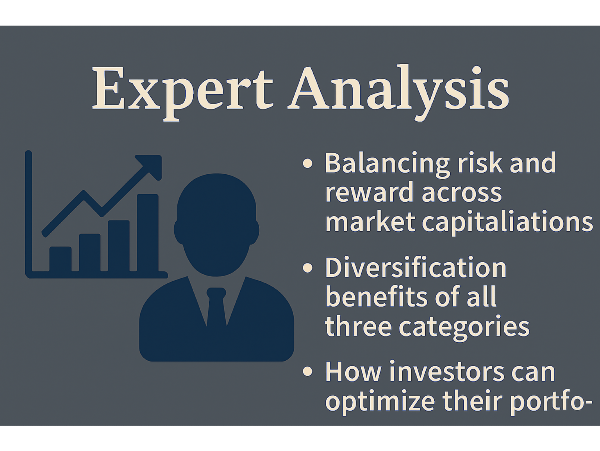
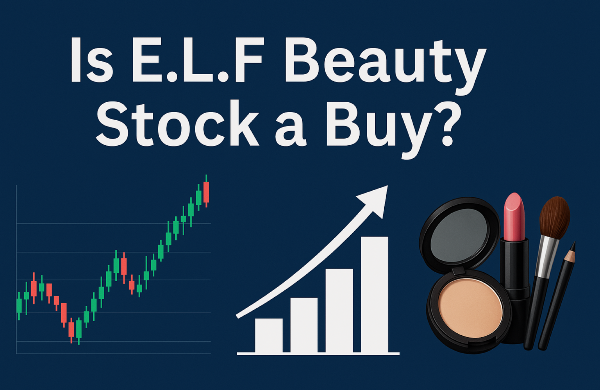
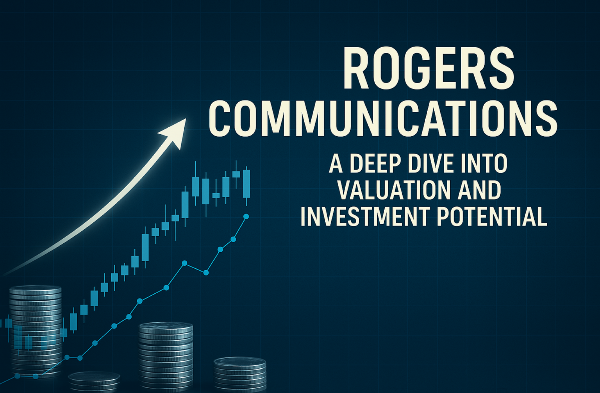
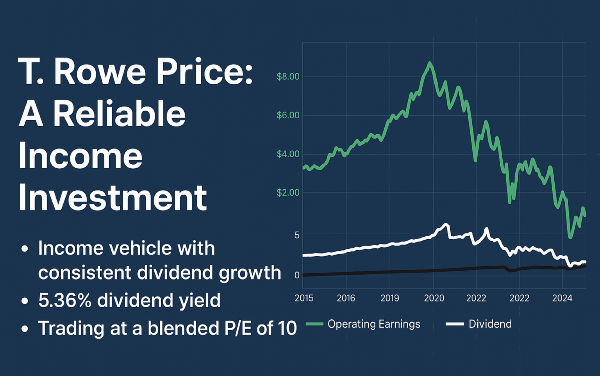
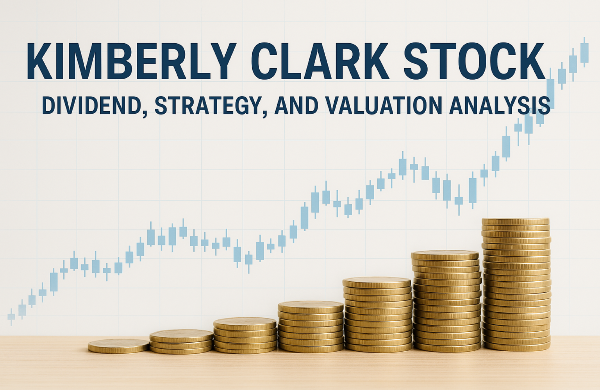

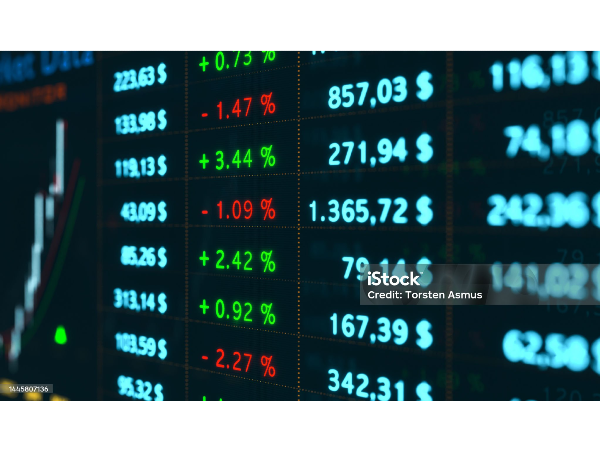


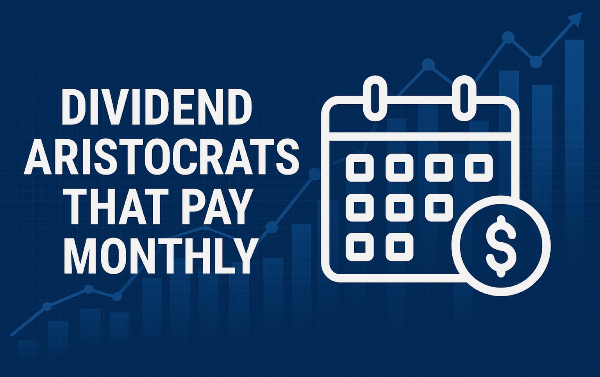
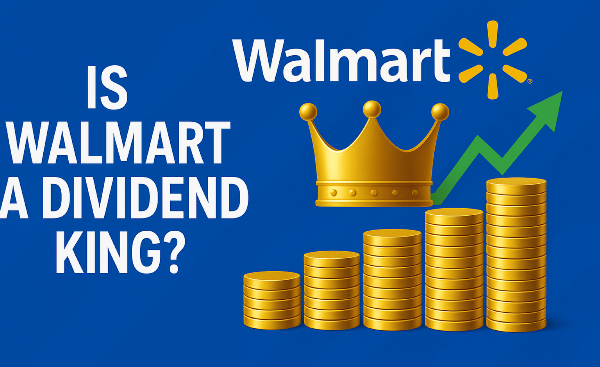
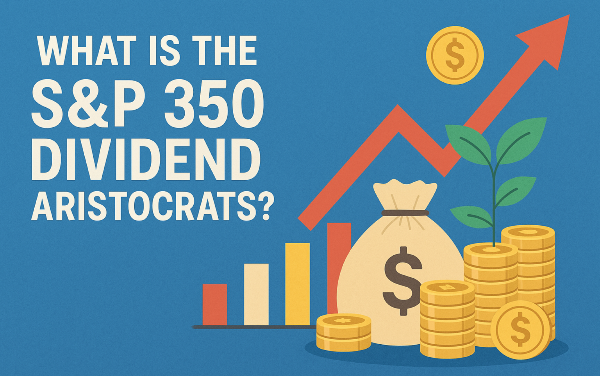
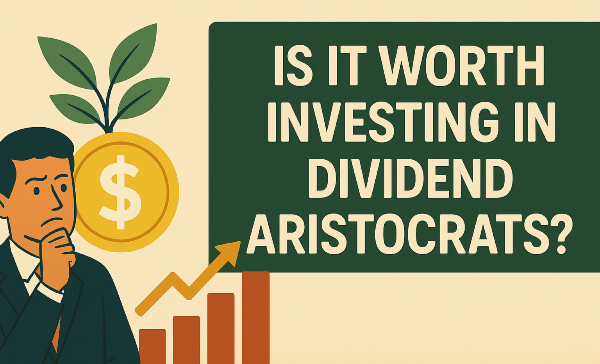
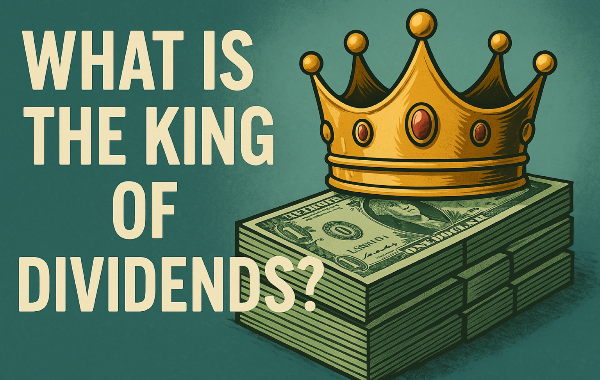
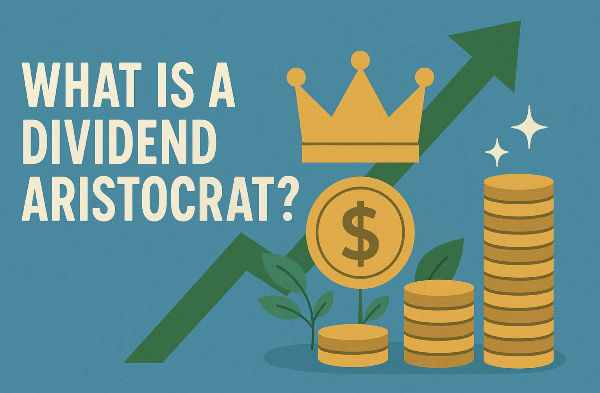
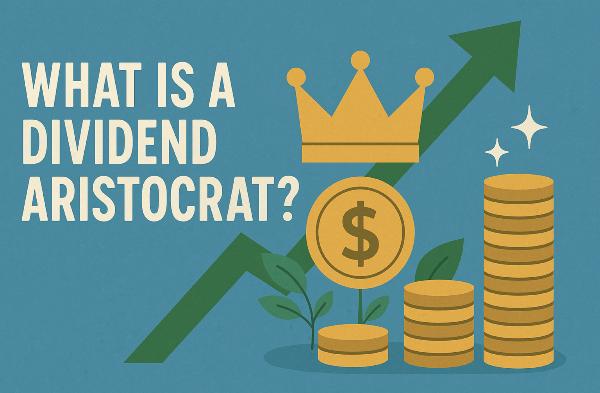
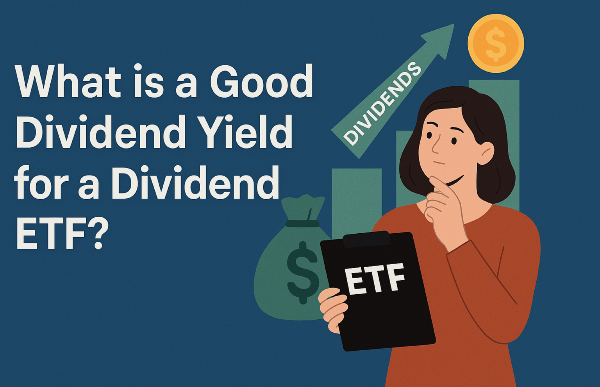








Understanding International Large-Cap Value ETFs
Introduction
International large-cap value ETFs provide investors with exposure to undervalued global stocks, offering stability and long-term growth potential. These funds focus on companies with strong fundamentals, ensuring resilience during market fluctuations. By diversifying across multiple economies, international large-cap value ETFs help mitigate risks associated with regional downturns. Investors benefit from steady dividends, lower volatility, and opportunities to capitalize on market inefficiencies. Understanding these ETFs allows for strategic portfolio allocation, balancing defensive assets with long-term appreciation.
Characteristics of Large-Cap Value ETFs
Large-cap value stocks represent companies with substantial market capitalization that are considered undervalued based on financial metrics such as price-to-earnings ratios and dividend yields. These stocks typically belong to well-established firms with strong fundamentals, offering investors stability and long-term growth potential. Companies like Berkshire Hathaway BRK.B and JPMorgan Chase JPM are prime examples of large-cap value stocks, consistently maintaining strong financial positions while trading at reasonable valuations.
Value ETFs provide a more conservative investment strategy, emphasizing financial stability and income generation. Funds such as Vanguard Value ETF VTV and iShares S&P 500 Value ETF IVE track indices composed of undervalued large-cap stocks, offering investors exposure to companies with strong balance sheets and consistent dividend payouts. Historical performance trends indicate that large-cap value stocks tend to outperform growth stocks during market downturns, providing a defensive investment option. While growth stocks often lead in bull markets, value stocks demonstrate resilience in volatile conditions, benefiting from stable earnings and dividend distributions. Over the past decade, value ETFs have delivered competitive returns, particularly during periods of economic uncertainty.
Sources:
Morningstar ETF Database
Leading International Large-Cap Value ETFs
Several international large-cap value ETFs offer strong market capitalization and consistent performance, making them attractive options for global investors. Funds such as iShares MSCI EAFE Value ETF EFV and Schwab Fundamental International Large Company Index ETF FNDF provide exposure to undervalued stocks across developed markets. Vanguard International High Dividend Yield ETF VYMI focuses on dividend-paying large-cap stocks, ensuring steady income generation. Comparing fund structures, expense ratios, and holdings is essential for selecting the right international large-cap value ETF. iShares MSCI EAFE Value ETF EFV has an expense ratio of 0.34% and holds a diversified portfolio of European and Asian large-cap stocks. Schwab Fundamental International Large Company Index ETF FNDF offers a lower expense ratio of 0.25%, focusing on companies with strong fundamentals. Vanguard International High Dividend Yield ETF VYMI maintains an expense ratio of 0.22%, prioritizing high-dividend stocks for income-focused investors.
Investors seeking stability and long-term appreciation may favor Schwab Fundamental International Large Company Index ETF FNDF, which emphasizes financial strength. Those prioritizing dividend income can benefit from Vanguard International High Dividend Yield ETF VYMI, offering a higher yield. Meanwhile, iShares MSCI EAFE Value ETF EFV provides broad exposure to undervalued international stocks, making it suitable for diversified portfolios.
Sources:
FinanceCharts ETF Database
Regional Breakdown of Large-Cap Value ETFs
North America remains a stronghold for large-cap value ETFs, offering stability and financial strength. Companies like Berkshire Hathaway BRK.B and JPMorgan Chase JPM anchor the region’s value-focused funds, benefiting from consistent earnings and dividend payouts. ETFs such as Vanguard Value ETF VTV provide exposure to these well-established firms, ensuring portfolio resilience during market fluctuations. Europe’s large-cap value ETFs emphasize innovation and economic resilience, with companies like Nestlé NSRGY and Roche RHHBY leading in consumer goods and healthcare. Funds such as iShares MSCI EAFE Value ETF EFV track undervalued European stocks, providing exposure to firms with strong fundamentals.
Asia presents emerging market opportunities, with large-cap value ETFs capturing growth potential in technology, finance, and manufacturing. Companies like Toyota TM and Samsung SSNLF contribute to the region’s market capitalization, driving innovation and industrial expansion. ETFs such as Schwab Fundamental International Large Company Index ETF FNDF offer diversified exposure to undervalued Asian stocks, balancing risk and reward. Latin America also provides growth potential, with firms like Petrobras PBR and Banco Santander SAN shaping the region’s investment landscape.
Sources:
ETF Database Seeking Alpha
Sector-Based Analysis of International Large-Cap Value ETFs
The financial sector plays a crucial role in global economic trends, with banking and investment firms driving market capitalization rankings. Companies like JPMorgan Chase JPM and Banco Santander SAN lead in financial services, benefiting from interest rate fluctuations and evolving investment strategies. ETFs such as iShares MSCI EAFE Value ETF EFV provide exposure to undervalued financial stocks, ensuring portfolio stability amid economic shifts.
Healthcare stocks offer stability and long-term growth potential, making them a defensive investment choice. Large-cap companies such as Johnson & Johnson JNJ and Roche RHHBY maintain strong valuations due to consistent demand for medical treatments and pharmaceutical advancements. ETFs like Vanguard International High Dividend Yield ETF VYMI focus on dividend-paying healthcare stocks, providing investors with steady income and resilience during market downturns. The energy sector is undergoing a transformation, with traditional oil and gas firms adapting to renewable investments. Companies such as ExxonMobil XOM continue to dominate fossil fuel markets, while NextEra Energy NEE leads in sustainable energy solutions. Industrial stocks also play a vital role in infrastructure development, with firms like Caterpillar CAT shaping global production capabilities.
Sources:
ETF Database Yahoo Finance
Risks and Considerations in International Large-Cap Value Investing
Currency fluctuations and geopolitical risks pose significant challenges for international large-cap value investing. Exchange rate volatility can impact returns, as currency depreciation may reduce the value of foreign investments. Geopolitical tensions, such as trade disputes and regional conflicts, can disrupt markets, affecting stock performance. Regulatory challenges and market volatility further complicate international investing. Different countries impose varying financial regulations, affecting corporate governance and investor protections.
Sudden policy changes, such as tax reforms or trade restrictions, can influence stock valuations. Additionally, emerging markets may experience higher volatility due to economic instability or political shifts. Strategies for mitigating risks in global stock investments include diversification and hedging techniques. Allocating funds across multiple regions and industries reduces exposure to localized economic downturns. Currency hedging strategies, such as forward contracts, help protect against exchange rate fluctuations.
Sources:
FasterCapital Investopedia Morningstar
How to Choose the Right International Large-Cap Value ETF
Investors should assess the ETF’s holdings to ensure alignment with their financial goals, focusing on companies with strong fundamentals and consistent dividend payouts. Funds such as iShares MSCI EAFE Value ETF EFV and Schwab Fundamental International Large Company Index ETF FNDF offer exposure to undervalued stocks across developed markets, making them attractive options for long-term stability. Evaluating fund performance and diversification strategies is essential for optimizing returns. ETFs with broad geographic exposure, such as Vanguard International High Dividend Yield ETF VYMI, provide balanced portfolios by including companies from multiple regions. Investors should analyze historical returns, sector allocations, and risk metrics to determine the ETF’s resilience during market fluctuations.
Long-term investment approaches for maximizing returns involve strategic allocation and periodic rebalancing. Investors should consider ETFs with low expense ratios and strong dividend yields to ensure cost-effective portfolio management. Monitoring macroeconomic trends, currency fluctuations, and geopolitical risks helps refine investment strategies, ensuring sustained growth.
Sources:
Pearler Investopedia
Conclusion
International large-cap value ETFs offer investors the opportunity to diversify portfolios while capitalizing on undervalued global stocks with strong fundamentals. These funds provide stability, steady income, and long-term growth potential across multiple regions and sectors. By understanding key risks, evaluating fund structures, and aligning investment strategies with financial goals, investors can optimize their portfolios for resilience and appreciation. As global markets evolve, selecting the right value-focused ETFs ensures sustainable returns and balanced exposure to economic cycles and emerging opportunities.
Expert Analysis: How International Large-Cap Value ETFs Strengthen Portfolios
Evaluating Global Value ETFs for Strategic Investment Growth
International large-cap value ETFs provide investors with exposure to undervalued global stocks, offering stability and long-term growth potential. These funds focus on companies with strong fundamentals, ensuring resilience during market fluctuations. Understanding sector trends and regional dynamics helps investors refine strategies, balancing exposure to defensive and high-growth industries for sustainable portfolio success.
📌Read More About:
Top Large-Cap Stocks- https://stockbossup.com/pages/topics/large-cap
What Are Large US Cap Stocks?- https://stockbossup.com/pages/post/39045/understanding-large-us-cap-stocks-and-their-market-influence
International Large-Cap Stocks- https://stockbossup.com/pages/post/38772/international-large-cap-stocks
What is the Best International Large-Cap ETF?- https://stockbossup.com/pages/post/38774/what-is-the-best-international-large-cap-etf